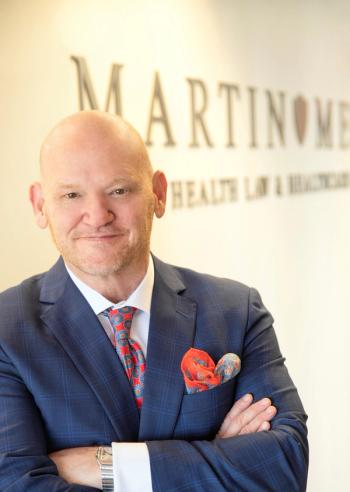
3 strategies to strengthen patient engagement and reduce risk
Strong patient engagement and clear patient-provider communication empower physician practices to improve health outcomes and reduce costly malpractice claims.
A more recent
Perhaps these statistics should not be surprising because health care is truly a team sport. Successful outcomes require engagement and collaboration between providers and patients, with the patient as an essential team member.
Data suggests that robust provider communication promotes deeper patient engagement and trust. Furthermore, in our experience, patients are less inclined to file lawsuits against providers they like and trust. So, the good news is that every physician practice can take steps to strengthen communication, thereby engaging patients more meaningfully, improving the odds of better outcomes, and lessening the risk of malpractice claims.
Strengthen patient communication
Health care is inherently complex and challenging for patients to navigate. Consequently, practices are more likely to engage their patients when they are aware of the complexities and purposefully design their communications and systems to break down the barriers.
Here are three actionable patient communication strategies that can increase patient engagement and enhance the patient-provider relationship:
1. Cultivate a patient-centered practice atmosphere. First impressions are crucial, so practices need to engage patients quickly. Start by communicating with patients before their scheduled appointments, so they know how to prepare and what to bring with them. Also, set clear expectations about their rights and responsibilities as patients in your practice.
Ensure excellent customer service at every patient touchpoint. That includes showing compassion and a professional demeanor, as well as promoting good communication (including phone etiquette) and timely responses to patients’ inquiries.
2. Actively foster a two-way dialogue during patient visits. As providers, it can be easy to forget that the day-to-day language used in the office setting often sounds foreign to patients. Medical terms and jargon can be intimidating. Worse, “medical-ese” may prevent people from fully understanding their health status, risk factors, and treatment plans. Therefore, it is important to present health information in clear, plain language so that patients are empowered to engage, ask questions, and confidently manage their health.
When discussing health conditions and treatment plans, use words that most patients commonly use or understand. Use familiar objects or analogies to explain complicated ideas. In addition, remember that patients can often see your electronic health record (EHR) notes, so be sure to use plain and positive language in your documentation. Other strategies for improving dialogue with patients are to:
- Use “teach-back” techniques. These involve using open-ended questions and asking patients to use their own words to recap what you’ve talked about and their understanding of their treatment plans. If necessary, you should rephrase the conversation until the patient demonstrates they understand by accurately recapping the information.
- Manage patients’ expectations. Be empathetic but direct in your patient conversations and documentation so patients understand the full range of potential outcomes. Unrealistic expectations can lead to litigation.
- Be an active listener. This involves encouraging conversation by asking patients about their health goals and concerns, listening carefully, then educating and supporting patients accordingly. Active listening includes identifying potential barriers to care and being prepared to suggest practice or community resources to help overcome those barriers.
3. Respond promptly to adverse events and complaints. If patients experience an unexpected or adverse event, engaging in open and timely conversations with them may make a difference in the subsequent actions they choose to take. Be sure to confer with your risk consultant following adverse events and patient complaints. Proactively communicate with the patient to express empathy and concern. Patients may begin to distrust providers who appear indifferent (or even defensive) about their stated concerns. Conversely, a genuine expression of compassion from their provider can help make patients feel cared for.
Better communication, safer practice
Poet and author Maya Angelou said,“I've learned that people will forget what you said. People will forget what you did. But people will never forget how you made them feel.” Ensuring that patients feel heard and cared for is not only good medicine but also a core risk reduction strategy. Stronger patient-provider communication that enhances patient engagement can lead to better patient outcomes and may proactively mitigate the risk of malpractice claims.
To strengthen communication, encourage all practice staff to communicate respectfully and professionally. Be sure patients have time during visits to ask questions and clarify anything they’re unsure about in their treatment plans. Finally, if questions or complaints arise after the visit, listen actively and empathetically, and offer guidance or explore potential resolutions.
Newsletter
Optimize your practice with the Physicians Practice newsletter, offering management pearls, leadership tips, and business strategies tailored for practice administrators and physicians of any specialty.








